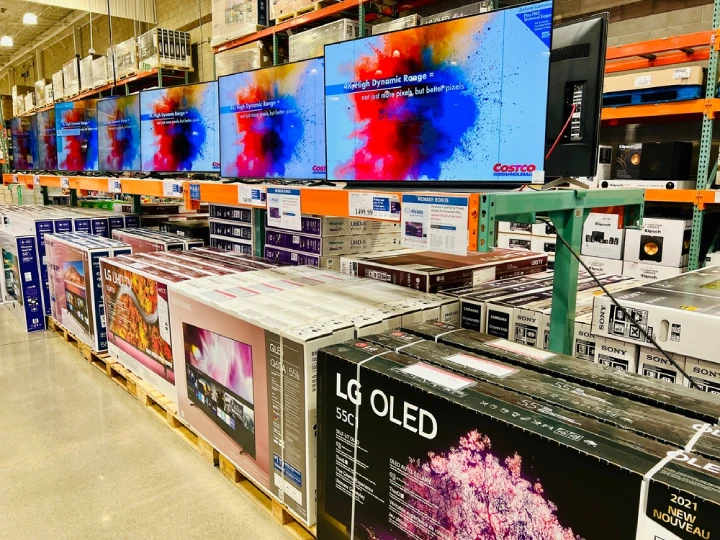
Both televisions and cameras, including smartphone cameras, benefit from HDR. Due to the lighting, the image is brighter and sharper with as much greater detail and realistic colours compared to its SDR predecessor.
HDR refers to the variety of lights and darks in an image and often signifies that the end output will be balanced. In order to get a comprehensive picture, it was initially done by shooting three independent photos in three different lighting conditions – light, medium, and dark – and then merging them to form the image. But most modern cameras take care of it for you.

What is the meaning of HDR?
In its most literal sense, HDR stands for High Dynamic Range. It represents the colour and shadow harmony required to create the most realistic image possible.
Nowadays, HDR technology replaces Standard Dynamic Range (SDR) in the majority of high-end televisions and smartphones. In SDR, screen colour definition and quality are limited and will result in a suboptimal experience for the viewer.
With HDR, two sorts of signals may be delivered: static metadata and dynamic metadata. While the latter can lower its peak brightness during darker moments and increase it during lighter scenes to make the highlights more visible, the former remains constant throughout the film or video. Overall, both static and dynamic metadata shine better than SDR.
How does it work in televisions?
By boosting the contrast between extremely dark and extremely brilliant colours on a TV screen, HDR technology provides the closest viewing experience currently possible to that of the human eye.
Although HDR10 is the most widely used version of the technology, certain televisions, like Samsung’s, launched HDR10+ which uses dynamic metadata that changes based on the colours and atmosphere of the scene. Frame-by-frame sound quality is also improved by this kind of HDR technology.
[Read more: What is WiFi 7 and when will it be available?]





